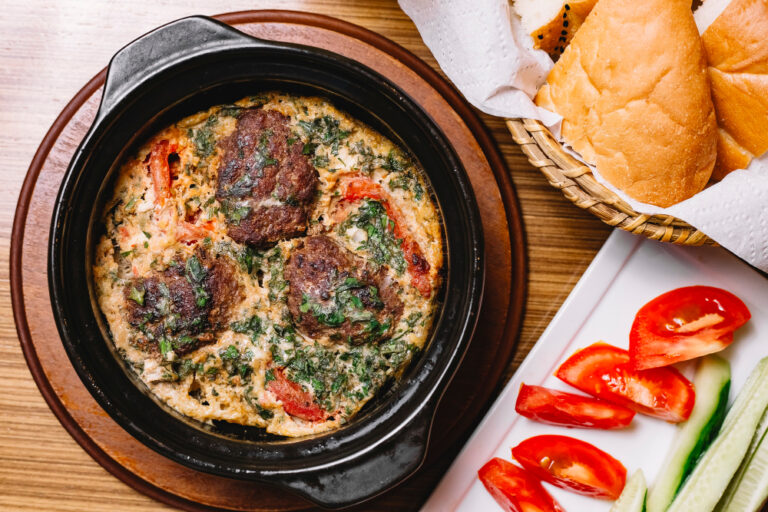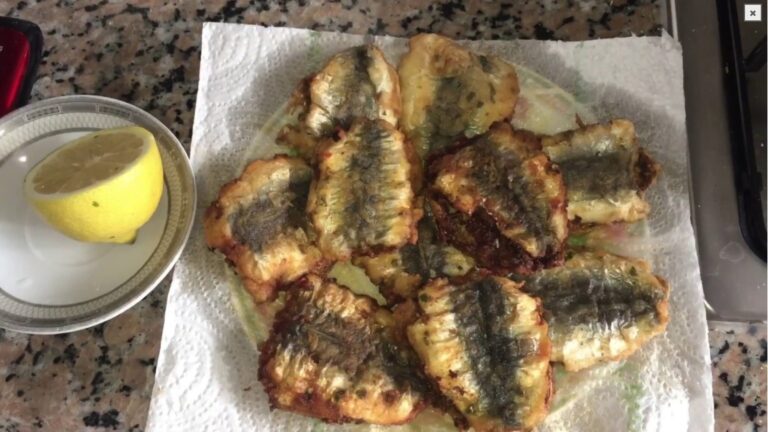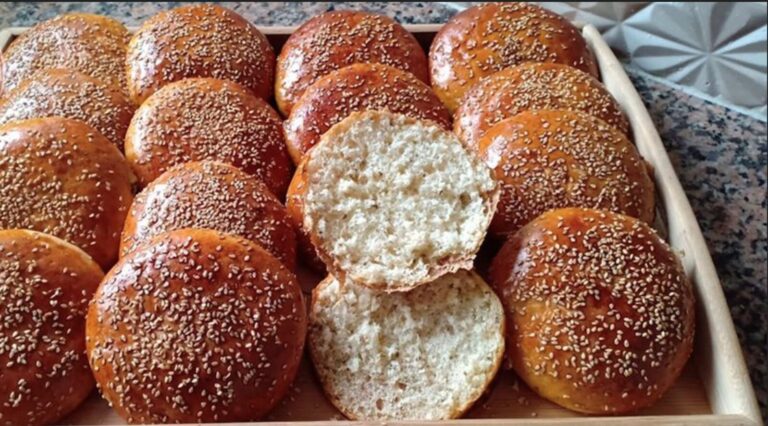
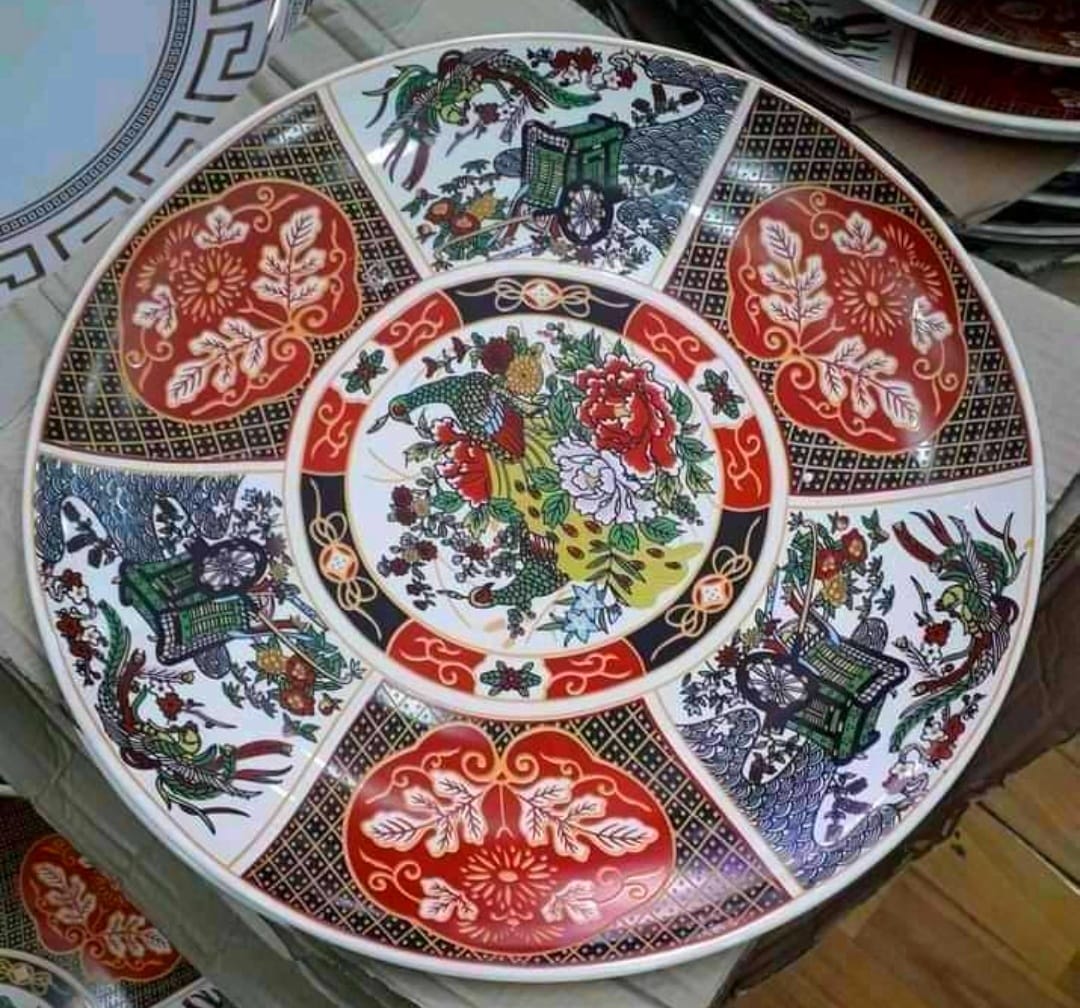
Food in Morocco is never just about eating — it’s about connection, community, and celebration. At the center of many Moroccan meals lies a beautiful, round dish called the taws, a traditional plate of sharing and celebration that embodies the warmth of Moroccan hospitality.
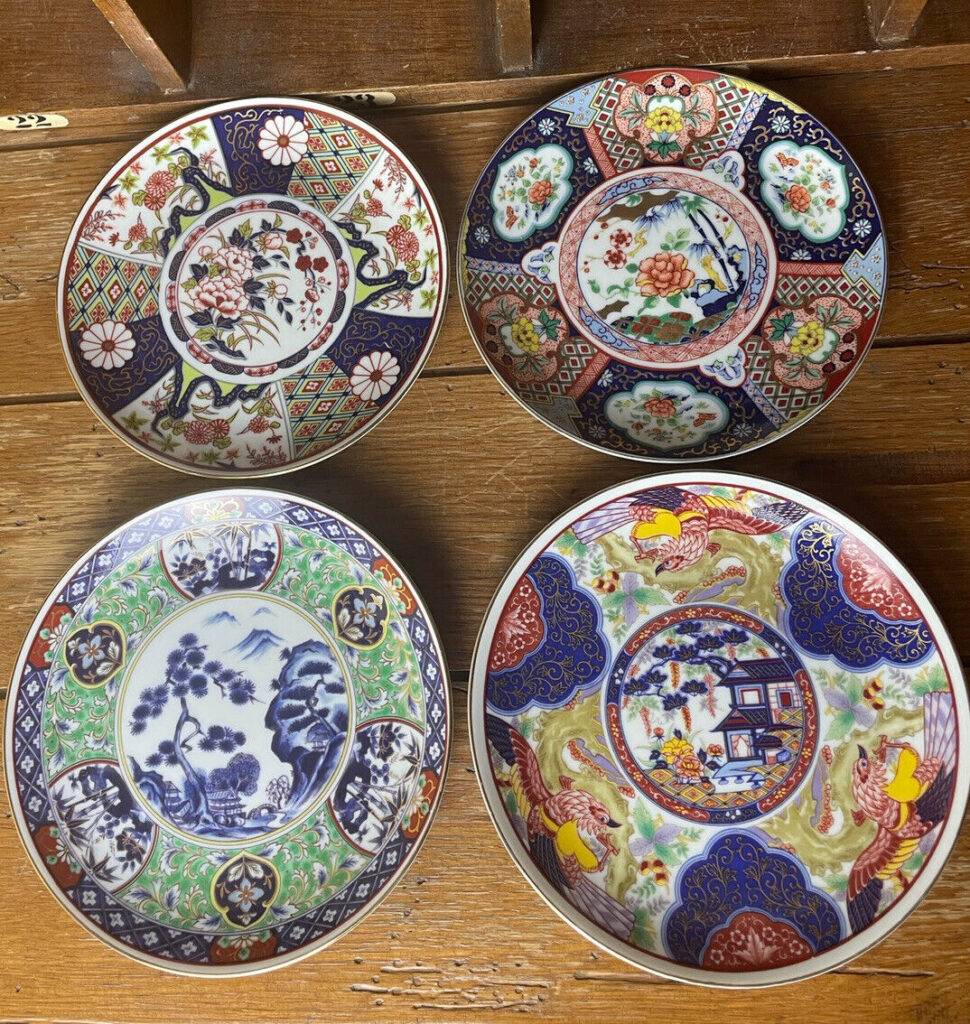
In this blog, “Taws: Morocco’s Traditional Plate of Sharing and Celebration,” we’ll explore the cultural significance of the taws — from its design and symbolism to the role it plays in Moroccan family life, festivals, and culinary traditions. Whether you’re wandering through the medinas of Fez or dining in a Berber village in the Atlas Mountains, the taws is more than a serving dish — it’s a story of unity and togetherness.
The Meaning Behind the Taws
The taws (طاوُس or طَس) is a large, shallow, round plate traditionally used to serve Moroccan dishes such as couscous, tajine, or seffa. Made from clay, metal, or decorated ceramic, it is always placed at the center of the table — inviting everyone to share from one dish.
This practice reflects Morocco’s deep-rooted values of collective dining and social harmony. Eating together from the same plate is a gesture of equality and trust — everyone dips their bread, scoops their portion, and enjoys the meal as one.
In Moroccan culture, sharing a taws during special occasions like weddings, Eid celebrations, or family gatherings is seen as an act of blessing (baraka). It’s a reminder that joy multiplies when it’s shared.
The Artistry of the Moroccan Taws
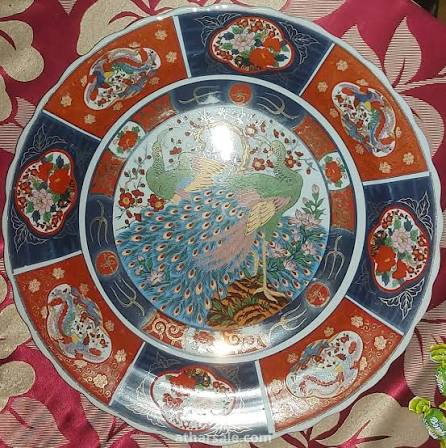
Craftsmanship and Materials
The beauty of the taws goes beyond its purpose — it’s also a piece of Moroccan art. Traditionally, artisans in cities like Safi and Fez handcraft ceramic tawses using techniques passed down through generations.
These plates are often painted with geometric motifs, Arabic calligraphy, or floral designs symbolizing prosperity and unity. Some are glazed in deep blues and greens, reminiscent of the city of Fez, while others shine in the earthy tones of Marrakech.
Each taws tells a story — of heritage, craftsmanship, and the Moroccan eye for beauty in everyday life.
Beyond the Kitchen: A Decorative Symbol
In many Moroccan homes, old or specially decorated tawses are hung on walls or displayed as ornaments. They serve as visual reminders of family gatherings and hospitality — a central value in Moroccan society.
Experiencing the Taws in Morocco
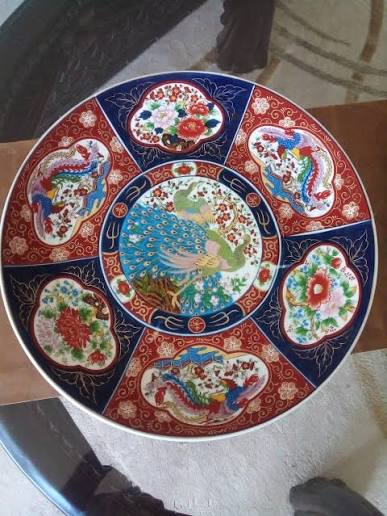
Shared Dishes and Festive Meals
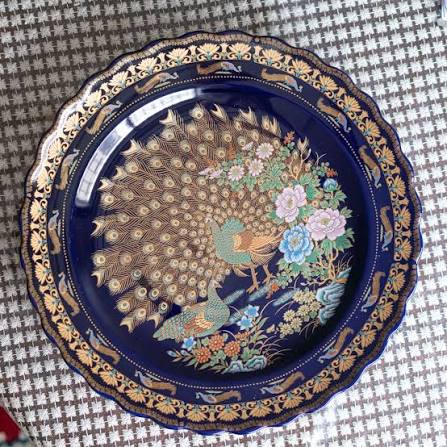
Travelers visiting Morocco will likely experience the taws tradition firsthand. Whether in a family home, a riad, or a local restaurant, meals are often served in a single, generous dish from which everyone eats together.
The most iconic meals served in a taws include:
- Couscous on Fridays: A symbol of family unity and spirituality.
- Tajine: A slow-cooked dish served directly in its own clay vessel, often shared from the same plate.
- Seffa: A sweet and savory dish of steamed vermicelli or couscous topped with almonds, cinnamon, and powdered sugar.
Each meal reminds travelers that in Morocco, food is about community, not convenience.
Where to Find Authentic Tawses
For travelers who love Moroccan art and souvenirs, authentic tawses can be found in Fez, Safi, and Marrakech. The souks (markets) are filled with hand-painted ceramics — each one slightly unique.
- Safi: Known for its world-famous pottery, Safi’s artisans craft some of the most intricate ceramic tawses in Morocco.
- Fez: Its blue pottery is iconic and often decorated with traditional Andalusian-inspired patterns.
- Marrakech: Offers a modern twist, where contemporary artists mix traditional motifs with vibrant color palettes.
For a deeper dive into Morocco’s artisan traditions, visit the Medina of Fez, a UNESCO World Heritage Site and one of the country’s oldest centers of craftsmanship.
Travel Tips and Cultural Insights
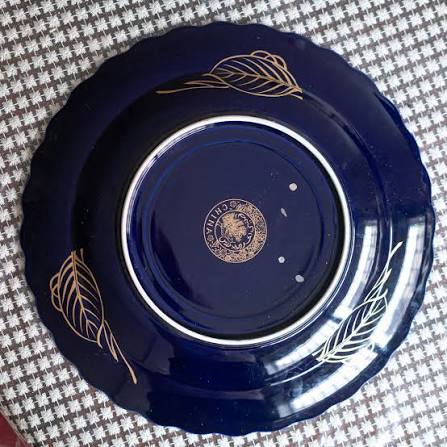
When visiting Morocco, understanding the customs surrounding the taws will enrich your dining experiences. Here are some tips for travelers:
- Eat with Your Right Hand: Traditionally, Moroccans eat with the right hand when sharing from a taws, using bread as a scoop.
- Respect Personal Space: Each person eats from the section directly in front of them — it’s a gesture of respect.
- Wait for “Bismillah”: The meal usually starts with this phrase, meaning “In the name of God.”
- Sharing is Sacred: Refusing to share or serve others first can be seen as impolite.
Understanding these customs adds depth to your travel experience, helping you connect authentically with Moroccan hospitality.
Real-World Stories and Traveler Impressions
Lea, a traveler from France, recalls her first meal in Fez:
“When they placed the big round plate in front of us, I was amazed. We all ate together, laughing and sharing. It was more than a meal — it felt like family.”
Youssef, a Moroccan host from Marrakech, says:
“The taws represents who we are — united and generous. No one eats alone in Morocco. Even a stranger becomes part of the family when they share from the same plate.”
Moments like these reveal that the taws is not only a utensil but also a bridge between people, cultures, and emotions.
The Future of the Taws Tradition
While modern dining habits have introduced individual plates in many urban homes, the taws remains central to Morocco’s cultural identity. In rural areas and during holidays, families still gather around one large dish, keeping the spirit of sharing alive.
Young Moroccan designers are also giving the taws a new life by blending tradition with contemporary design — creating minimalist versions that appeal to global tastes while maintaining the essence of Moroccan craftsmanship.
Restaurants in cities like Casablanca and Marrakech are also reintroducing communal dining experiences, inviting tourists to rediscover the meaning of togetherness through food.
As Morocco continues to balance modernity and tradition, the taws remains an enduring symbol — a simple plate that carries centuries of culture, connection, and celebration.
FAQ About Taws: Morocco’s Traditional Plate of Sharing and Celebration
What is a taws in Moroccan culture?
A taws is a large, round plate used for serving communal meals in Morocco, symbolizing unity, hospitality, and sharing.
What are common dishes served in a taws?
Couscous, tajine, and seffa are among the most popular dishes served in a taws during family meals and celebrations.
Can tourists buy a taws as a souvenir?
Yes! You can find beautifully crafted tawses in Moroccan souks, especially in cities like Safi, Fez, and Marrakech. They make stunning decorative pieces.
Why do Moroccans eat from one plate?
Sharing food from one plate reflects equality, love, and community — key values in Moroccan society. It turns every meal into a shared experience.
Is it okay for foreigners to eat from a shared plate?
Absolutely! Moroccan hosts are proud to share their food and traditions. Just follow local etiquette — eat with your right hand and enjoy the experience.
Conclusion
The taws is more than a serving plate — it’s a mirror of Morocco’s soul. Through it, families share not only food but also love, laughter, and memories.
As we’ve explored in “Taws: Morocco’s Traditional Plate of Sharing and Celebration,” this simple dish captures the essence of Moroccan hospitality — open, warm, and deeply human.
So when you visit Morocco, don’t just admire the architecture or taste the spices — sit down around a taws, share a meal, and feel the rhythm of Moroccan life.
– Plan your Moroccan journey today, and discover how every plate, every flavor, and every smile tells a story worth sharing.

